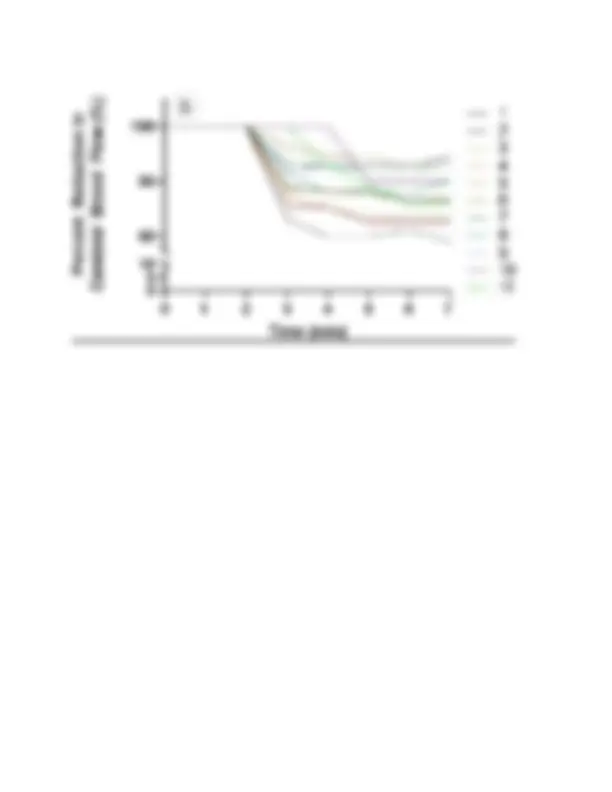



Study with the several resources on Docsity

Earn points by helping other students or get them with a premium plan


Prepare for your exams
Study with the several resources on Docsity

Earn points to download
Earn points by helping other students or get them with a premium plan
Community
Ask the community for help and clear up your study doubts
Discover the best universities in your country according to Docsity users
Free resources
Download our free guides on studying techniques, anxiety management strategies, and thesis advice from Docsity tutors
A part of Essential Concepts for the R.EEG.T Exam – Includes Tables, Diagrams, and Illustrations. Table of contents: 44 pages - Filters, time constant. common mode rejection and digital EEG setting parameters - Montages - Normal varients - Artifacts - Increasing beta/fast activities - N2 sleep and Arousal pattern - Pediatric EEG and syndrome by age group - Neonatal sleep wake pattern - Pediatric epilepsy syndrome by interictal pattern - Differential of sleep provoked seizure - Photic stimulation - Hyperventilation - Lateralization - Severity of encephalopathy and EEG pattern - Rhythmic delta - Clinical seizure correlate with EEG - Seizure semiology
Typology: Cheat Sheet
1 / 2

This page cannot be seen from the preview
Don't miss anything!


Response/ Artifact Mechanism EEG Appearance Localizatio n Clinical Relevance “Built up” hyperventilatio n-induced high- amplitude rhythmic slowing (HIHARS) CO2 reduction induces vasoconstriction -> brain metabolism slows down Esp active part High amplitude theta delta. The study shows HV 3 min provide the maximum blood flow drop resolve within 0.5- 1 min Frontal in adulthood Occipital in children -Build up response in
70% in Children but less (10%) in aging Absence seizure Likely alkalosis -> PH sensitive thalamocortical function rather than vasoconstriction Normal background or OIRDA 20-30% -> ictal 3 Hz spike and wave Generalized About 90% of childhood (genetic) absence - most triggered within 90 seconds of HV onset Focal seizure Most are structural esp. Autoimmune encephalitis. Most common= electrographic seizure Most = temporal Only 0.5% of adult suspects of seizure trigger by HV. Re-built up +/- hemiplegia Vasoconstriction -> transient improve by compensation -> insufficient due to underlying The delta activity re happen after > 1 min stop HV The lesional hemisphere Moya Moya disease (characteristic found in 80-90% of cases)